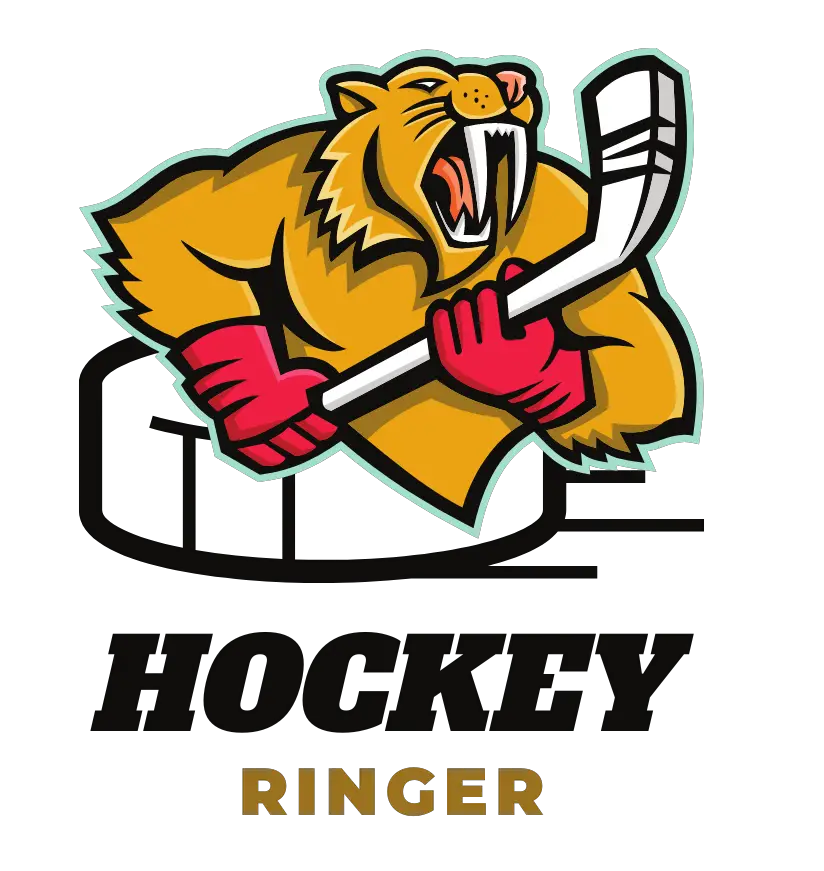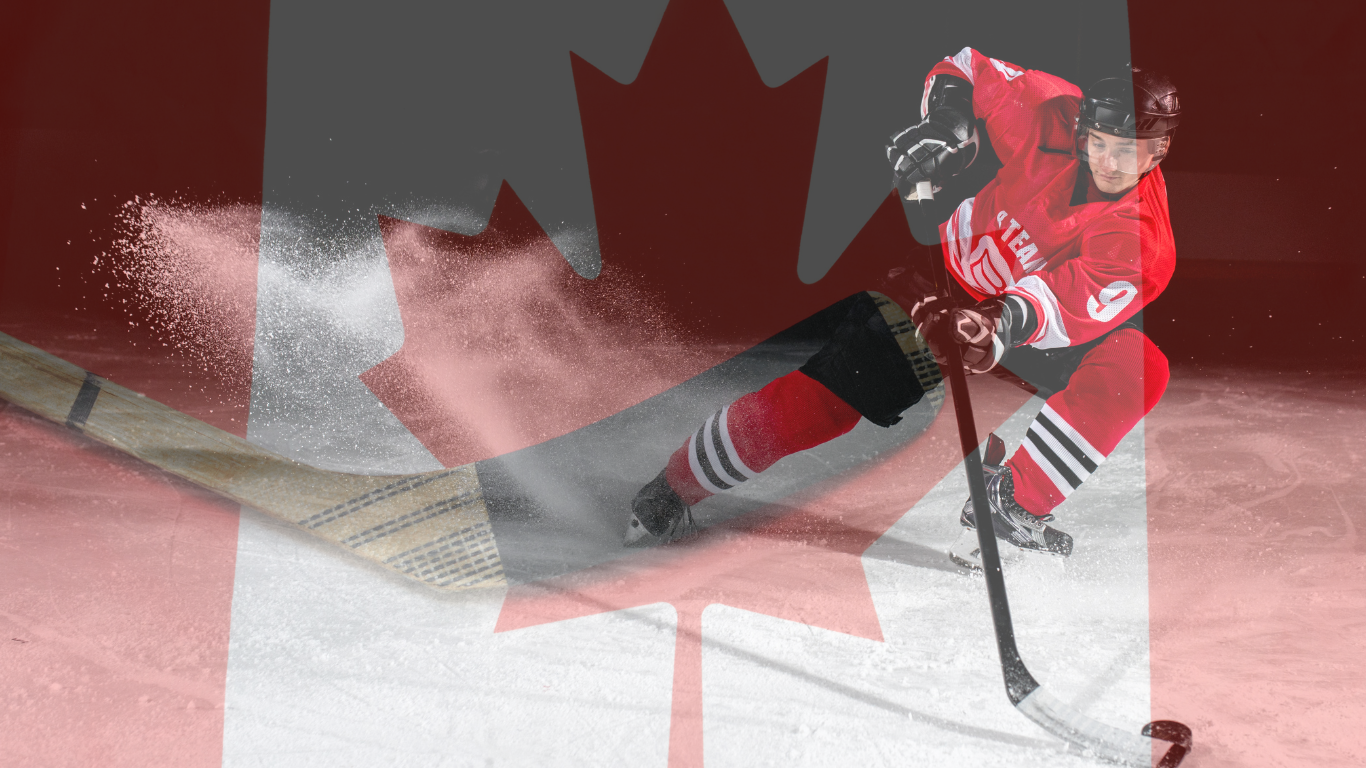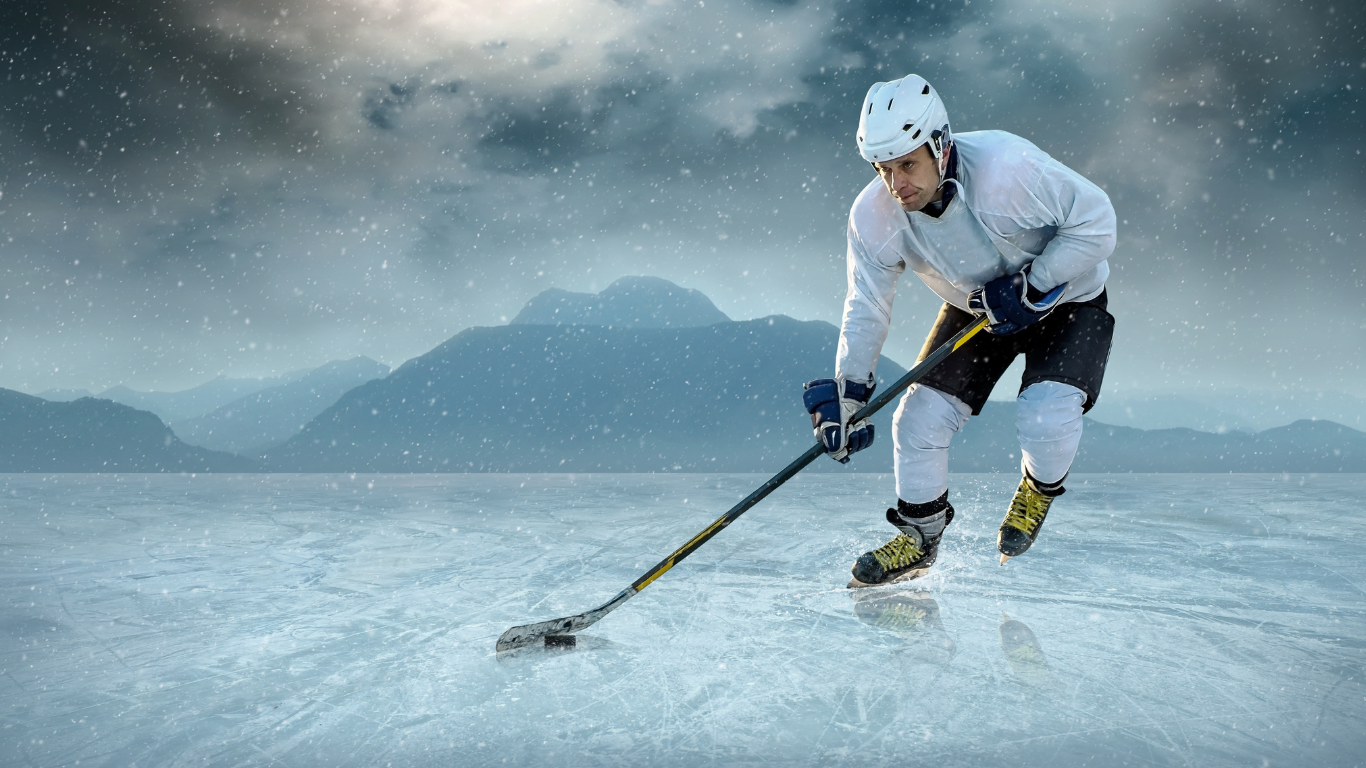In hockey, there are six primary positions, each associated with unique roles and responsibilities.
- First, we have the Goalie, the sole player permitted to use their hands. The goalie’s primary duty is to guard the goal.
- Then, we have the Center, which serves as the core attacker and frequently engages in faceoffs.
- The third and fourth positions are the Left Winger and Right Winger, respectively. These positions are offensive roles aiming to score goals and are typically the team’s top shot-blockers.
- Lastly, we have the Left Defenseman and Right Defenseman, primarily responsible for defensive duties, such as blocking shots, clearing the puck, and disrupting the opponent’s plays, even though they can also attack the opponent’s goal.
However, ice hockey is a game of nuance and diversity, and each of these positions can be broken down into various “sub-categories”. These sub-categories define a player’s specific role, which depends on their unique skillset, physical stature, and the line they play on.
Essentially, even within the same position, two different players might fulfill their roles in distinct ways based on these factors, adding a layer of complexity and strategy to the game.
What Is The Role of The Goalie In Ice Hockey?
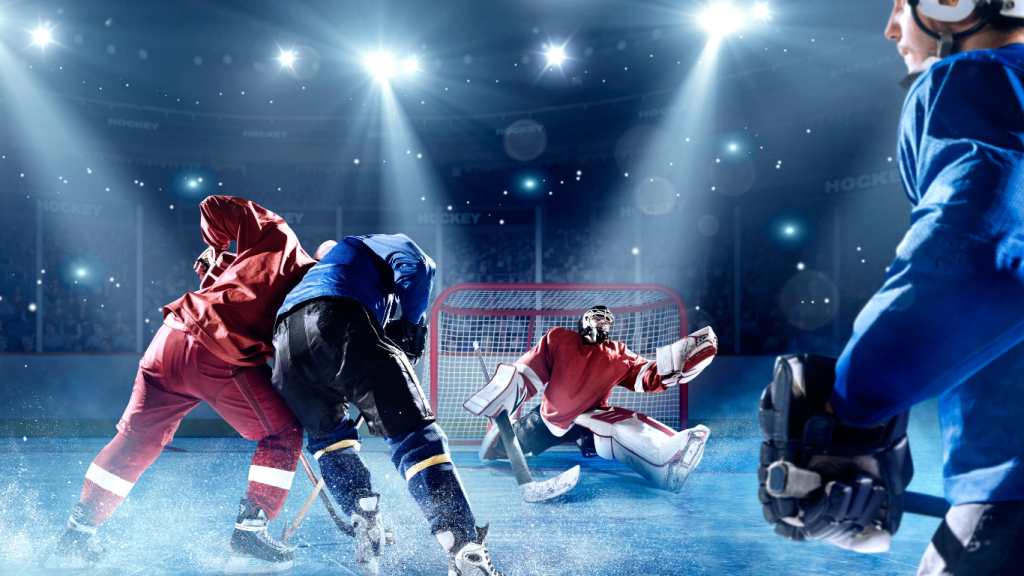
Many people seem to believe that the goalie exists to do nothing more than stop the puck from going into the back of the goal. I suppose this is true to an extent, but in the grand scheme of things, goalies hold together the team.
Goalies often are regarded as the position that wins championships. A good goalie is motivational. They can completely change the tide of the game.
The way in which goalies work has changed over the last century or so. In the past, you would often find that goalies would stand up and defend their goal. However, nowadays, the bulk of them will drop down to their knees. Some will be permanently down like that, while others will jump from standing to kneeling, dependent on the need. This is known as ‘butterfly goalkeeping.’
Goalies are regarded as one of the toughest positions in the sport to play. I am not surprised, really. It can’t be easy to constantly change up your position, keep an eye on a fast-paced puck, and have a puck launched towards you at startling speeds. It is no wonder they wear so much padding!
What Is The Role of The Defensemen In Ice Hockey?
As I said before, This is a position that is split up into two positions. You have a left defenseman and a right defenseman. They both fill the same role, albeit on opposite sides of the hockey rink.
The Main role of both of the defensemen is to stop the puck from getting close to their goal. This means that they work on defense. Other than the goalie, the defensemen are probably the best people on the Ice Hockey Rink regarding situational awareness. They know what is happening on that rink at all times, and they will know exactly where the puck is.
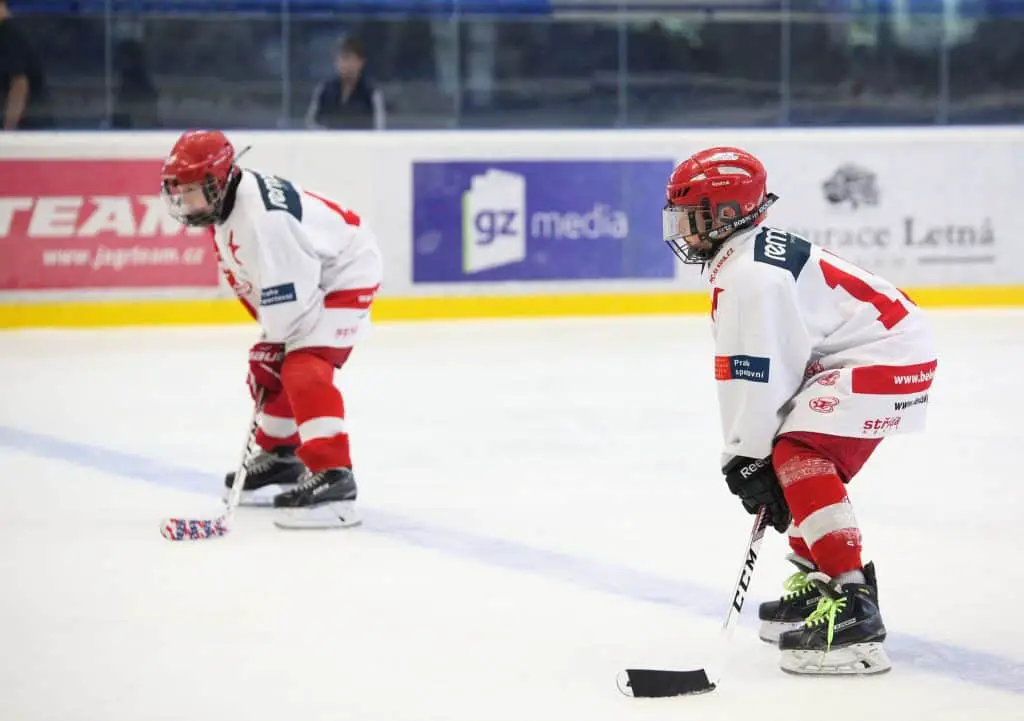
Obviously, since they are playing in defense, they need to have a good tackling nature, and they need to be able to move quickly in order to stop even the fastest of plays in their tracks. However, this isn’t the only role that they will perform.
Hockey is a game that often relies heavily on counter-attacks. This means that if the defensemen are able to stop a fast play, they need to get the puck up the rink and onto the sticks of other places almost instantly. This means that their passing needs to be absolutely top-notch.
Modern defensemen will also likely play a huge role when it comes to attacking play, and it isn’t uncommon to see defensemen score goals nowadays, although it is still going to happen a lot less frequently than with the other players on the ice (other than the goalies)
What Is The Role of The Center Player In Ice Hockey?
The center player is the one that controls the offensive plays. As a result, they will often be the ones who contribute to the bulk of the goals. If the puck moves into an attacking area, then you can bet your bottom dollar that the center player is the one that has likely moved the puck in that direction.
The center player needs to excel when it comes to face-offs because they are the ones that are going to be taking part in them. If they are not quick, then they will lose the face-off which is just going to hamper the rest of the team.
The center player will need to have fantastic situational awareness. You would think that they would be going for the goal every single chance that they get; however, they will not. A lot of the time, they are going to be passing the puck out to the wings to allow the players on the left or the right hand side of the ice hockey rink to take a shot at the goal. This means that a player that plays in the center of the field should not be a selfish player because the rest of the team will suffer.
While the center player will be most known for their offensive capabilities, they also need to be able to do a brilliant job on the defense. This is because they will often be the linking player between the offensive and the defensive phases of play.
Since they are in the center, the center will also need to do a good job of ensuring that the players on the opposing team cannot move into any spare space to get their offensive shots off. The center player will try to cover any other areas that the other four players (i.e., not the goalie) cannot cover.
What Is The Role of The Left And The Right Wingers In Ice Hockey?
Unlike the defensemen, these are classed as two separate positions. However, for the most part, they are going to fill exactly the same role.
In any hockey game, it will be these two players that will be scoring the majority of the goals. The puck will likely be handed to them by the center player.
The left and right wingers play on the respective side of the ice. Most of the time, they are going to be staying in the offensive zone. The other players will pass the puck to the center, and it will be the center’s job to pass the puck onto one of the wings. This will all be down to the center’s situational awareness.
Once the wingers have received the puck, they will be able to take a shot from an angle. Their positioning will ensure that they have the best possible chance of being able to score a goal.
Of course, shooting is not going to be their main responsibility. The best wingers will be marking the defensemen on the opposing team at all times. Their job is to ensure that nobody can pass a puck to the defensemen. If the defensemen intercept the puck, then the wingers will need to try to get it back as soon as they possibly can.
Which Hockey Position Is Right for You?
I do not want to be the type of person that says “this is the position that you should play in”. Let’s be honest. Most of us are never going to be professional-level hockey players, and that is completely fine.
To us, playing hockey is nothing more than a bit of fun, so you should choose the position that you have the most fun in. You do not have to be the best in that position. You could reasonably play in any position you want and get ‘decent’ to an amateur level, so don’t let me tell you that you can never be a goalie if you really, really want to be a goalie!
However, if you really can’t work out which position you should be playing on when you are starting in ice hockey, hopefully this information will help.
Because the job of the defensemen and the goalies is to help prevent the opposing team from scoring goals, these people will need to be larger and bulkier. They can help to ‘bully’ the opposing team off of the puck.It also means that the defensemen are not going to be knocked over the second they come into contact with one of the wingers or the center players.
However, despite the size of both of these positions, they need to have fantastic skating skills. While the goalie is probably not going to be moving about all that much, the defensemen are going to need to work almost constantly on their positioning to ensure that the opposing team are constantly marked.
If you cannot skate backward, then you probably wouldn’t end up doing well in this role at all. If you watch a professional hockey match, then you will very quickly notice that the bulk of the players in defense will spend a lot of their time skating backward.
If you are a bit smaller, but your skating is all about the speed, then you will probably find that playing in an offensive role is going to be good for you. However, do bear in mind that if you want to be playing in one of these positions, then you are going to need to have superb stick control skills. Otherwise, you will fail.
Since you will also be diving into the heart of the action, often against big and scary defensemen, then you will need to ensure that you can charge in despite this. Weak-willed attackers are not going to be good players in the slightest!
If you are new to ice hockey, then I suggest that you try out a few different positions to see which ones gel with you the most.
Conclusion
Understanding the way in which the positions work in ice hockey is the key to understanding the game. Once you have a solid understanding of the players and where they are located on the rink, you will start to see how tactics start to link perfectly together. It is actually quite a fantastic thing to see and, when I am not playing hockey, love being able to analyze the tactics on the ice. I am sure you will too.
